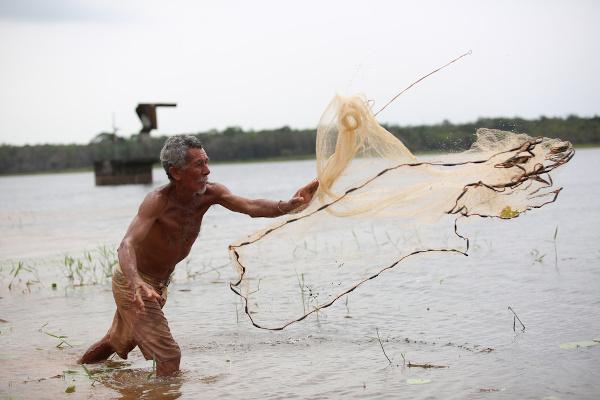The Southeast is the most developed region in Brazil, with the highest industrial and population concentrations (2/3 of the population, around 50% of the value of Brazilian industrial production). The origin of this industrial and urban concentration, mainly in São Paulo and Rio de Janeiro, is due to the coffee economy, which represented the driving force for the development of infrastructure and accumulation of capitals.
After Brazil's independence from Portugal, the brief Imperial Period began, when the axis The country's economic economy was beginning to be concentrated in the Southeast region, especially in the states of Rio de Janeiro and Sao Paulo. Thus, from the second half of the nineteenth century, the rise of coffee and the readjustment of the regional and national economy began in the state of São Paulo.
Based on coffee monoculture, large estates and slave labor, the colonization of the state of São Paulo won new characteristics, initially in the Paraíba Valley and later in the interior of the state, called sertão São Paulo. The abolition of slavery in 1888 transformed labor relations on the São Paulo plantations, but it did not end the social differences between whites and blacks.
Coffee production became the flagship of the national economy and boosted the economic, political and social structure of the state of São Paulo. Paulo, with the development of the railway network, improvement of ports, configuration of regional trade and providing accumulation of capitals. The immigrant workforce, with emphasis on the Italian presence in the state of São Paulo, represented the passage of slave labor for salaried labor, later used in the constitution of the first factories paulistas. The national government in this period was constituted by the great coffee farmers existing in the Southeast region and they led the country to the detriment of their own interests.
From the 1950s onwards, the region's economic growth attracted a large number of immigrants, especially from the Brazilian Northeast. The immigrant population was not always able to be absorbed in a balanced way, causing a crisis in the housing system of the cities, which grew inordinately towards the outskirts of the large centers.
Do not stop now... There's more after the advertising ;)
The Metropolitan Southeast, an area comprised by the São Paulo-Rio de Janeiro axis, from the Greater São Paulo to the Greater Rio de Janeiro, is the main economic center of the country, having a diversified industrial park, covering practically all industrial sectors that occur in the country. The Belo Horizonte region also concentrates a huge industrial hub, supported by the important mineral reserves present in the Iron Quadrangle. Agriculture follows this development, with several green belts (fruit and vegetable), and agribusiness such as sugarcane, soybeans, coffee, cattle and oranges. The largest oil reserves in the country, including most of the so-called ‘Pre-Salt Layer’ are located in the Southeast and constitute yet another vector of economic growth and job creation.
The slums and environmental problems arising from unplanned urbanization (destruction of riparian forests, soil sealing, pollution water, atmospheric and visual) are confrontations that are still far from being resolved and even medium-sized cities are already experiencing these problems.
To a lesser extent, the rural areas of the Southeast also suffered these changes, through the process of urbanization, which compromises agricultural ecosystems and the remnants of native forest. The precariousness of labor relations has also reached the countryside, mainly for temporary workers, also known as floaters (boias-frias).
Currently, there is a relative drop in the participation of the Southeast in the Brazilian economy, mainly in agriculture and industry. The region's secondary sector has undergone a process known as industrial deconcentration, when production units migrate to other regions or countries. On the other hand, the tertiary sector, which involves trade, finance and all types of services, has gained greater importance. Despite the transfer of productive sectors and agricultural corporations to other regions, the financial sector is more sophisticated and the administration of large companies remains strong in the region, in addition to activities such as information technology, consulting and marketing.
Julio César Lázaro da Silva
Brazil School Collaborator
Graduated in Geography from Universidade Estadual Paulista - UNESP
Master in Human Geography from Universidade Estadual Paulista - UNESP


